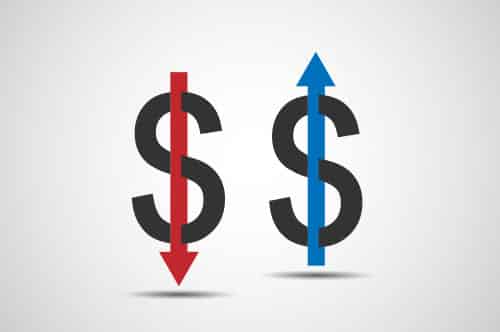
Those companies that make it through this pandemic will have earned or changed their reputation, for better or worse, based on their actions. Price increases and cost reductions were one of the earliest and most persistent actions taken in the channel.
Those firms driven by strategy rather than short-term earnings considered the long run when making price and cost decisions.
Price Increases
Whether they like them or not, distributors and customers recognize the need for price increases when their upstream partner needs them for survival.
With channel harmony in mind, here’s how a supplier acting strategically implements price increases:
- A good price increase announcement is genuine and presents a truthful case.
- It isn’t done too early as a “just-in-case my profit is affected,” because if you do that, you are telling channel partners that, “It is all about me and you guys figure it out on your own.”
- No one knows if extra costs due to productivity declines during social distancing will be here long term, so smart distributors and manufacturers will acknowledge the uncertainty and the goal of rescinding related price increases when possible, similar to the fuel delivery surcharges in the 70s.
- Alternatives are provided that could get rid of the need for an increase. For example, put boundaries on minimum order size, order frequency, direct digital links or other factors that reduce the need for the increase.
- An advance notice period must allow for delivery shipments that are backordered.
Cost Reductions
A distributor has three options when faced with a price increase from a manufacturer: Pass it along, absorb it by cutting costs, or absorb it and dilute profit. It is harder for distributors to pass on price increases than it is to do a cost reduction. In a distributor’s business model, a high percentage of their cost structure is variable. A manufacturer has few variable costs, and because so much is fixed, they will find it relatively easier to do a price increase.
A distributor that is stressed will first go to their strategic suppliers and ask for some support. They will simultaneously try to develop a plan to set some customer price increases. Most will want to wait until they believe that the increase will stick – along with their key customers. If they can’t wiggle out, then a cost reduction is next.
A cost reduction in the form of a layoff or furlough means that fewer people are doing the same work, so service levels will most likely decline. Because of mistakes and responsibility transfers, a cost reduction is often also a cost transfer to potentially both the upstream and downstream channel partners. These are often material as many executives overestimate the amount of available discretionary energy in their workforce.
- When pay cuts or furloughs are used, does the team understand the criteria for when they go back to normal? Employee uncertainty reduces productivity and often the best people are the ones who leave.
- Does the organization have confidence in their leadership and their new normal sales plan? Many distributors are well down the road on their own sales transformation efforts.
- A manufacturer with a realistic plan will know which distributors to support.
How does this all fit together?
Any disruption of the scale we are seeing with this pandemic lowers switching costs between channel partners. With a bit of humility, companies can gain share from those that are overconfident, complacent or arrogant.
- Decide whether your firm is playing a short game or a long game.
- Be genuine and consistent in your behaviors and how you choose to make exceptions.
- Decide what you want your upstream and downstream channel partners to say about you when you are not around. Behave to make it so.
A combination of trust and honesty adds significant economic value to the channel. For example, a customer that can’t handle the price increase will come back to the distributor with the problem and potentially pitch some other ways to stay together.
This same trust and honesty can turn cost reductions into channel partner discussions on how to work together to lower the cost to serve, the cost to acquire and the cost to use. What if these collaborations became part of the new normal?
In simple terms, this starts at the top with the right values. Time will tell, as this is going to be a bumpy ride.

